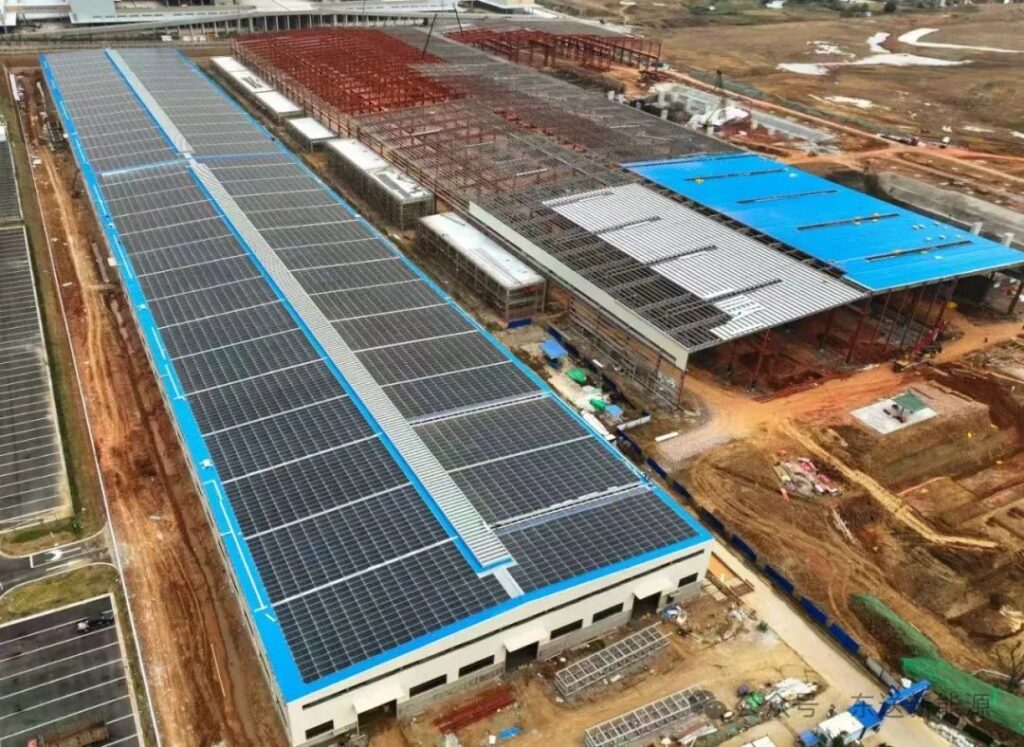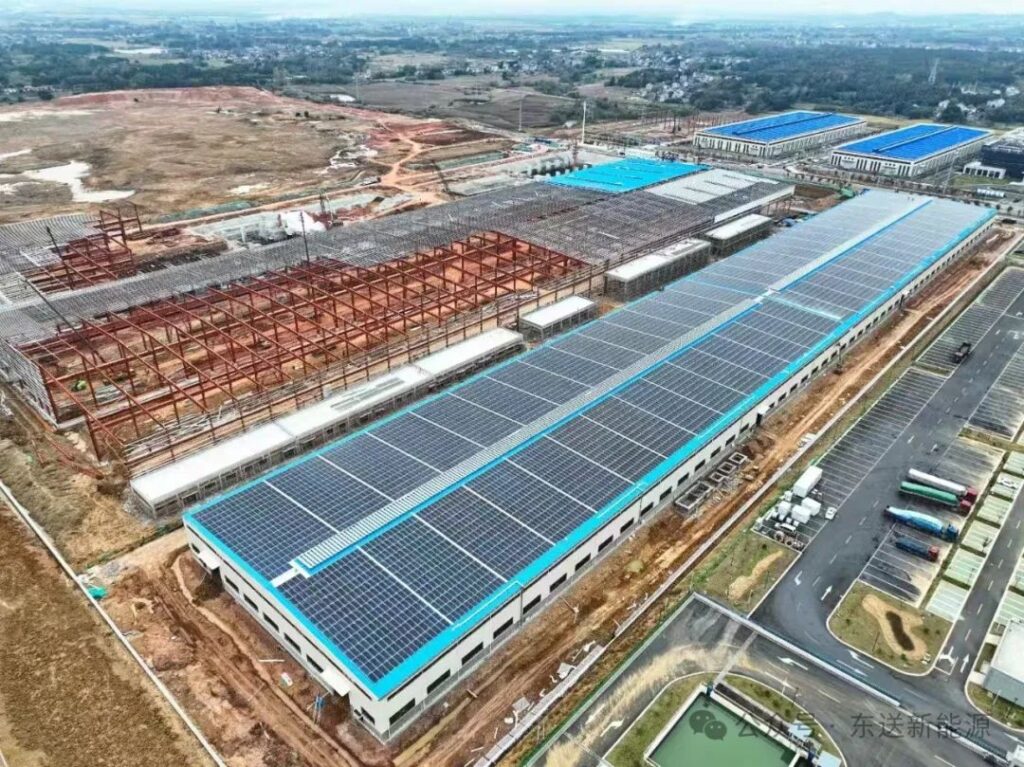In a significant advancement for renewable energy in China, the Ma’anshan Yubo 5.99MW rooftop distributed photovoltaic power generation project has successfully connected to the grid. This milestone, achieved on January 10, 2025, marks a pivotal step in harnessing solar energy to meet the region’s power demands.

Geographical Context
Located in Anhui Province, Ma’anshan boasts favorable geographic and climatic conditions for solar power generation. The city’s ample sunlight and suitable rooftop spaces make it an ideal location for implementing distributed photovoltaic systems.
Project Specifications
The project features a 5.99MW capacity rooftop distributed photovoltaic system. Utilizing advanced solar panels and inverters, the system is designed to optimize energy capture and efficiency, contributing significantly to the local power supply.
Expected Annual Power Generation
With an anticipated annual power generation of approximately 5.0848 million kWh, the project is poised to provide a substantial amount of clean energy. This projection is based on detailed assessments of local solar irradiance and system performance metrics.
Environmental Benefits
The environmental impact of the project is noteworthy, with an expected annual reduction of 4,189.9 tons of CO₂ emissions. This decrease aligns with broader environmental objectives and underscores the project’s role in mitigating climate change.

Economic Impact
Economically, the project is set to save approximately 1,529.01 tons of standard coal each year. These savings not only reduce operational costs but also lessen the environmental footprint associated with traditional coal-based power generation.
Technological Innovations
The project incorporates cutting-edge technologies, such as high-efficiency photovoltaic panels and smart inverters. These innovations enhance energy production and ensure seamless integration with the existing power infrastructure.
Challenges and Solutions
Throughout the project’s development, challenges such as logistical constraints and technical hurdles were encountered. Through strategic planning and collaboration among stakeholders, effective solutions were implemented to address these issues.
Stakeholder Involvement
The project’s success is attributed to the involvement of various stakeholders, including government agencies, private enterprises, and local communities. Each played a crucial role in facilitating the project’s development and execution.
Future Prospects
Looking ahead, there is potential for expanding similar projects within the region. Plans for long-term sustainability and maintenance are in place to ensure the project’s continued contribution to the local energy landscape.
Community Engagement
The local community was actively engaged throughout the project’s lifecycle. Educational initiatives and public awareness campaigns were conducted to inform residents about the benefits of renewable energy and the project’s specific advantages.
Comparative Analysis
When compared to other similar projects in Anhui Province, the Ma’anshan Yubo project stands out for its scale and technological advancements. Lessons learned from this project can inform best practices for future endeavors in the renewable energy sector.
Conclusion
In summary, the successful grid connection of the Ma’anshan Yubo 5.99MW rooftop distributed pho






